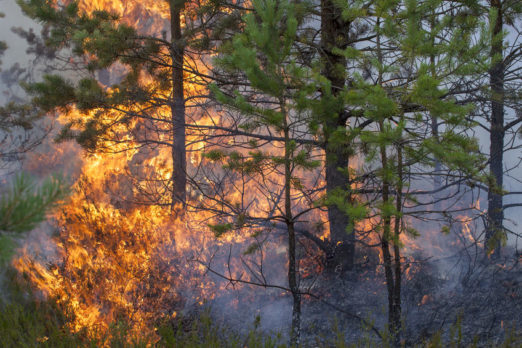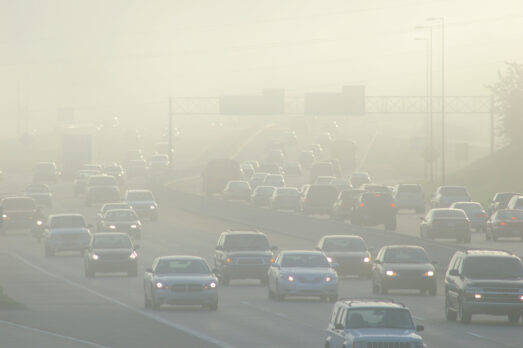
This summer, vast swaths of the Arctic and Amazon are on fire, creating clouds of smoke so intense that it’s visible from space. Scientists have been using the term “unprecedented” to describe the situation, but for some ecologists, this pyrotechnic summer is not surprising. This is what can happen when you get lots of very warm weather combined with drought conditions and human activity.
The extreme wildfires sweeping across the globe this year are not only wreaking local damage and sending choking smoke into the atmosphere, but they are also affecting the climate itself in important ways that will long outlast the flames. When trees get burned, carbon is released into the atmosphere.
Scientists estimate that wildfires emitted about 8 billion tons of CO2 per year for the past 20 years. According to the NOAA, a very large, very hot fire destroying 500,000 acres could emit the same total amount to CO2 as six large coal-fired power plants in one year.
As wildfires become more frequent and intense, the carbon emissions they release exacerbates the progression of climate change, leading to a feedback loop—more warming leads to more fires, which release more carbon, which causes more warming.
Wildfires, perhaps more than any other type of natural disaster, are heavily subject to the influence of human land use, which is startlingly evident when looking at the cause of Amazon fires currently burning. The types of vegetation we plant or clear away, how often we allow it to burn, and how we choose to manage fires once they start are all contributing factors.
The Intergovernmental Panel on Climate Change reported in August that conserving areas like the Amazon rainforest will be integral to mitigating climate change.
Learn more @ The Verge

Annual global bottled water consumption is estimated to have reached 118 billion gallons in 2023. That’s equivalent to 1 million…

The world is driving towards a new era of electric transportation. This is good news for fighting the climate crisis,…

The past few summers have been breaking heat records but winters are actually warming faster than summers in most of…